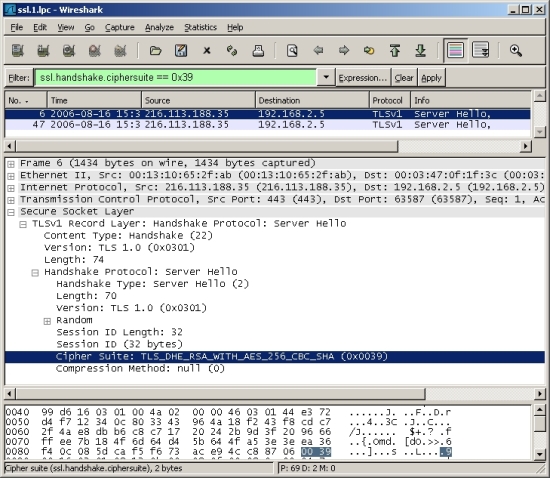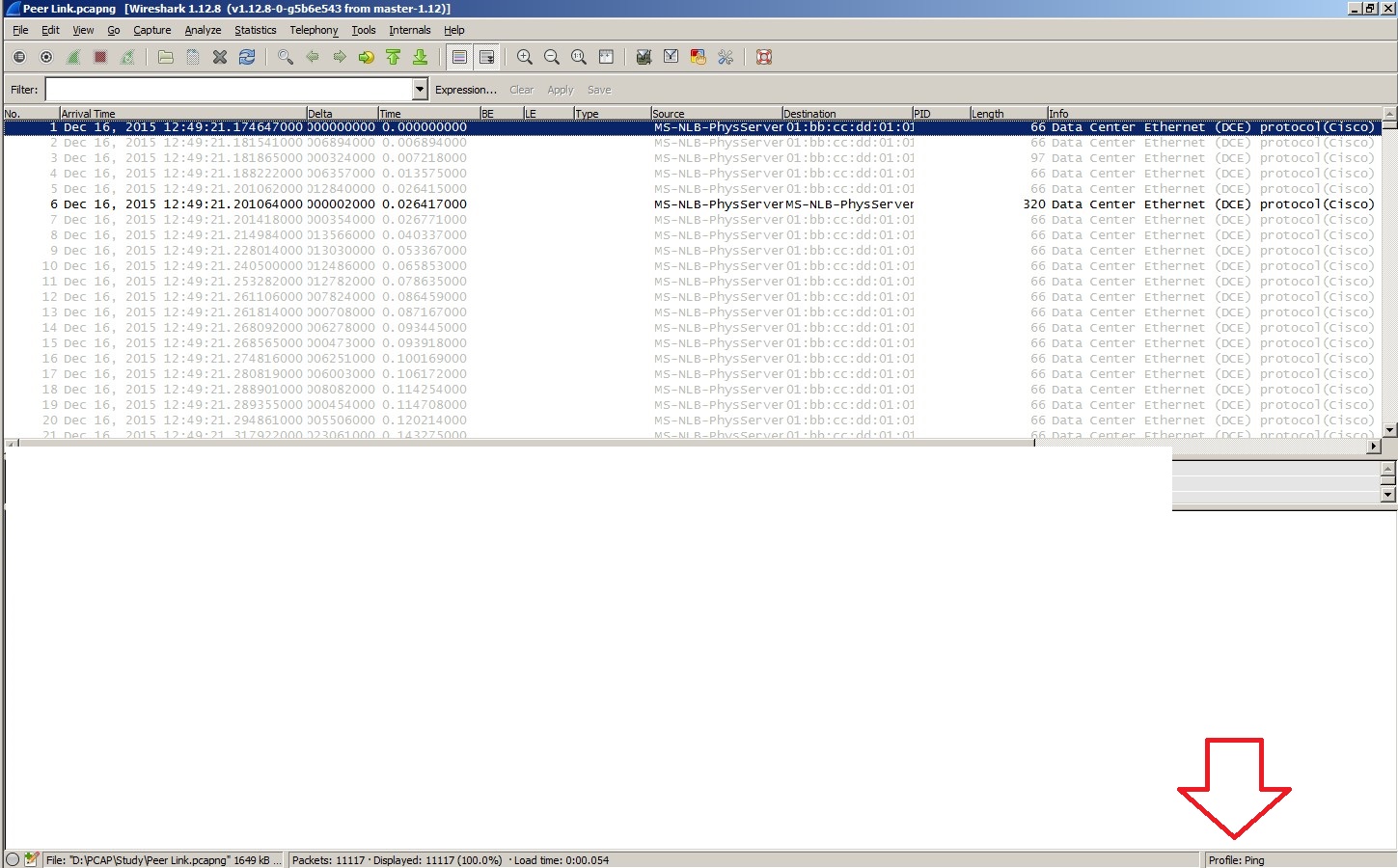

Debian and its derivatives continue to use the name "libpcap-0.8", even though newer versions' libpcap packages use newer versions of libpcap for example, Wheezy's libpcap-0.8 package uses libpcap 1.3.0. Note that Debian and Debian-derived derivatives call the libpcap package "libpcap-0.8" this does ***NOT*** mean that all such systems use libpcap 0.8. IP address: ip.addr=192.168.0.1, 8.8.8.8, etc.You can capture Bluetooth traffic to or from your machine on Linux in Wireshark with libpcap 0.9.6 and later, if the kernel includes the BlueZ Bluetooth stack starting with the 2.4.6 kernel, the BlueZ stack was incorporated into the mainline kernel. Since the router/switch is forwarding packets constantly, we may need to apply some display filter to filter out the packets we are interested in.

This document will introduce how to capture packets using Wireshark in SMB router or switch. Packets capture and analysis are very important for us to troubleshoot when some problems occur such as the router can’t obtain IP from ISP, the client can’t receive multicast packets, etc.


 0 kommentar(er)
0 kommentar(er)
